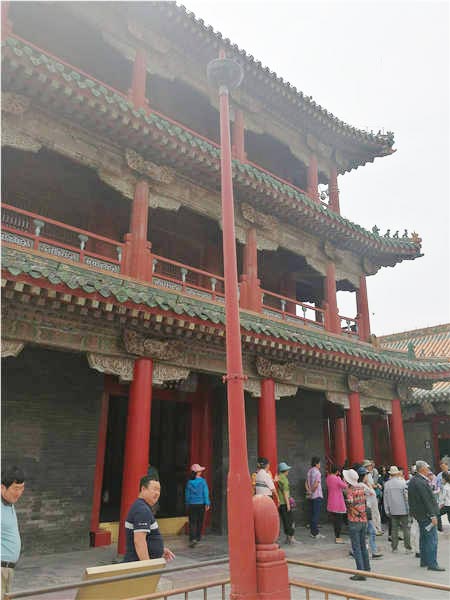 |
|
Phoenix Tower is in the center of Shenyang Imperial Palace in Shenyang, Liaoning province.Zhao Xu / China Daily |
Museum offers a glimpse into Manchu rulers and their early taste of imperial grandeur
When it comes to size, Shenyang Palace Museum is a mere fragment of its counterpart known as the Forbidden City in Beijing. But the two have blood ties: the palace in Shenyang was the abode of founders of the Qing Dynasty, China's last feudal rulers, before their successors conquered the entire country and moved further inland to Beijing, and into its grand royal palace in 1644.
Between 1644 and 1911, successive Qing emperors took immense pride in living in the Forbidden City, built by rulers of the Ming Empire (1368-1644), which they had destroyed. At the same time, they returned repeatedly to Shenyang, in present-day Liaoning province, and to its humble palace.
The Manchus are one of only two ethnic minority groups that have ruled China, and they - particularly their elite - were always acutely aware of how important it was to embrace the dominating culture of the Han majority.
On the other hand, it has been argued that the Yuan Dynasty (1271-1368), created by the other minority that ruled, the Mongols, fell disastrously partly because mentally and culturally their rulers never really walked out of their tents.
However, the works of calligraphy the Manchus left behind suggest that successive rulers after Emperor Shunzhi made rapid progress. (Shunzhi was the first Qing emperor to move to Beijing and was thus the first one who in effect ruled over the entire country.)
Whereas a certain level of rawness is evident from the inky strokes of Emperor Shunzhi, his son Emperor Kangxi demonstrated full confidence in his brushmanship. Both pale in comparison with Emperor Yongzheng, Kangxi's son. With an easy virtuosity befitting a true master, he made calligraphy his own thing, as opposed to a borrowed art form from a people his ancestors had brought to heel.
Indeed the royal family's cultural immersion was so complete that another few generations on the ruling elite began to worry that they were losing their heritage as a horseback people.
|
|
|
|
|
|
|
|
